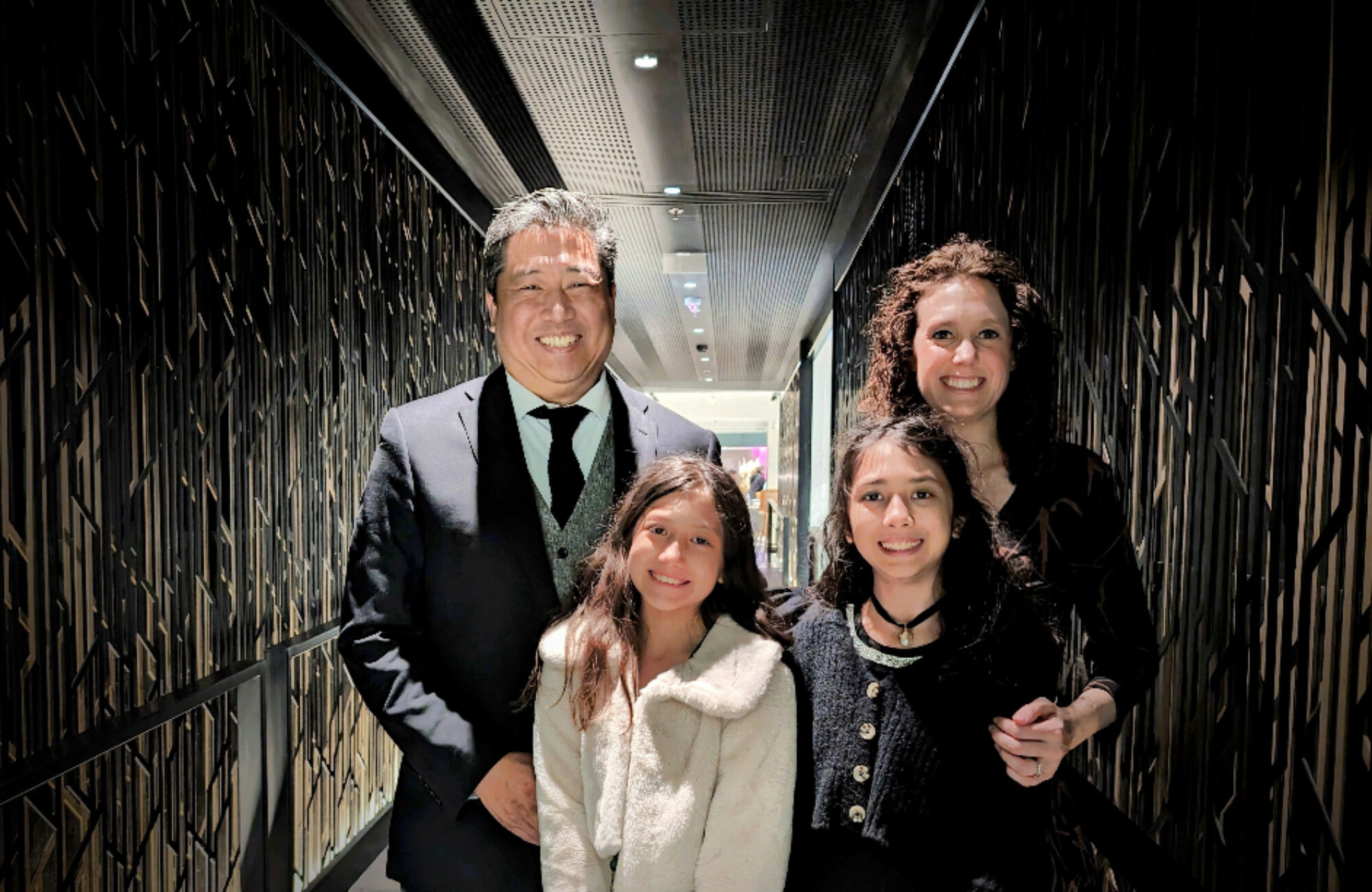August 7, 2015
Those of you who know me, know that at one point I fancied myself a writer, and in that vein got caught up with collecting fountain pens and writing on nice paper. You may even have received a letter or two from me. You may also know that I am not happy with my handwriting and have not been so since doing poorly in third grade. My mother always said my writing was coarse.
While looking to improve my handwriting, I have come across different forms and learned a lot about the education of cursive in the United States. Some people I know have beautiful handwriting, mostly older than I am and from the south. So in researching script forms, I found out that we did not all learn the same cursive and it took me a while to find out which one I learned. Considering I went to several elementary schools it is amazing that I learned a consistent script at all.
The noted first is Spencerian followed most prominently by Palmer. It turns out I learned Zaner
Connective Cursive
Spencerian – by Platt Rogers Spencer mid-1800s 1848
Palmer – Austin Normal Palmer – Late 1800s
Zaner Blosser – Charles Zaner, Elmer Blosser evolved from Palmer
D’Nealian
Manuscript
Margaret Wise 1920s
Italic
Platt Rogers Spencer is known as the “Father of American Penmanship”. His writing system was first published in 1848, in his book Spencer and Rice’s System of Business and Ladies’ Penmanship. The most popular Spencerian manual wasThe Spencerian Key to Practical Penmanship, published by his sons in 1866. This “Spencerian Method” Ornamental Style was taught in American schools until the mid-1920s, and has seen a resurgence in recent years through charter schoolsand home schooling using revised Spencerian books and methods produced by former IAMPETH president Michael Sull (* 1946).
George A. Gaskell (1845–1886), a student of Spencer, authored two popular books on penmanship, Gaskell’s Complete Compendium of Elegant Writing andThe Penman’s Hand-Book (1883). Louis Henry Hausam published the “New Education in Penmanship” in 1908, called “the greatest work of the kind ever published.”[26]
Many copybooks were produced in North America at the start of the 20th century, mostly for Business Style penmanship (a simplified form of Ornamental Style). These included those produced by A. N. Palmer, a student of Gaskell, who developed the Palmer Method, as reflected in his Palmer’s Guide to Business Writing, published in 1894. Also popular was Zaner-Bloser Script, introduced by Charles Paxton Zaner (15 February 1864 – 1 December 1918) and Elmer Ward Bloser (6 November 1865 – 1929) of the Zanerian Business College. The A. N. Palmer Company folded in the early 1980s.
Modern Styles include more than 200 published textbook curricula including: D’Nealian Script (a derivative of the Palmer Method which uses a slanted, serifed manuscript form followed by an entirely joined and looped cursive), Modern Zaner-Bloser which accounts for the majority of handwriting textbook sales in the USA, A Beka, Schaffer, Peterson, Loops and Groups, McDougal, Steck Vaughn, and many others.
Italic Styles include Getty-Dubay (slightly slanted), Eager, Portland, Barchowsky, Queensland, etc.
Other copybook styles that are unique and do not fall in to any previous categories are Smithhand, Handwriting without Tears, Ausgangsschrift, Bob Jones, etc. these may differ greatly from each other in a variety of ways. The first made video for correcting messy handwriting especially for people with ADHD and or dysgraphia was ” Anyone Can Improve Their Own Handwriting” by learning specialist Jason Mark Alster MS.c.

